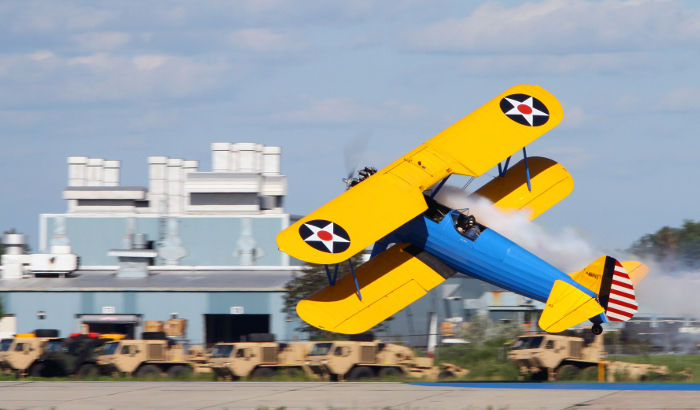Pilots can fly into Wittman Regional Airport this week for the EAA AirVenture Fly-In knowing that the FAA is working to keep U.S. runways safe.
The U.S. aviation system continues to see a decrease in the number and severity of surface incidents and runway incursions. The FAA recorded a 50 percent decrease in the number of serious runway incursions in fiscal year 2009, compared to the previous year. Considering the amount of activity on U.S. runways — the many takeoffs and landings and the movement of vehicles and people across runways — this is great progress. But there is always more we can do. The FAA’s Runway Safety Program continues to work closely with domestic and international aviation stakeholders to keep improving runway safety and to reduce the number of incursions.
The Next Generation Air Transportation System or NextGen already is playing a role in runway safety. Technology such as ADS-B, ASDE-X, and Runway Status Lights will continue to make runways even safer.
The FAA is also keenly focused on working with general aviation pilots on runway safety issues, because GA pilots are involved in nearly 80 percent of runway incursions. The agency is working with the Aircraft Owners and Pilots Association (AOPA) to reach its more than 400,000 member pilots and flight instructors. It also has launched national runway safety promotional campaigns aimed at pilots and vehicle drivers. One is called "If You Cross the Line, You’ve Crossed the Line," highlighting the dangers of unsafe taxiing or driving. The FAA and AOPA also have created online courses to educate pilots on runway safety.
In 2007, after 25 serious incursions, the FAA launched a Call to Action with aviation leaders from airlines, airports, air traffic control and pilot unions, and aerospace manufacturers to address runway safety issues. As a result, the FAA agreed to expedite the installation of new technology at airports, the airlines developed better surface training programs for pilots, and the airports agreed to speed up improvements in signage and markings.
The FAA also hosted the first International Runway Safety Summit with participants from 17 countries. In large part, the summit focused on improving communication between pilots and controllers, a significant factor in international runway safety. Soon after that, the FAA implemented new phraseology to align with International Civil Aviation Organization standards.



